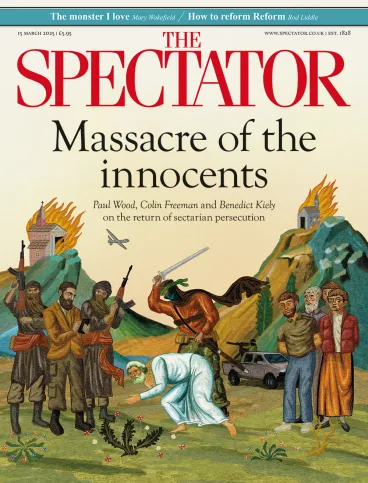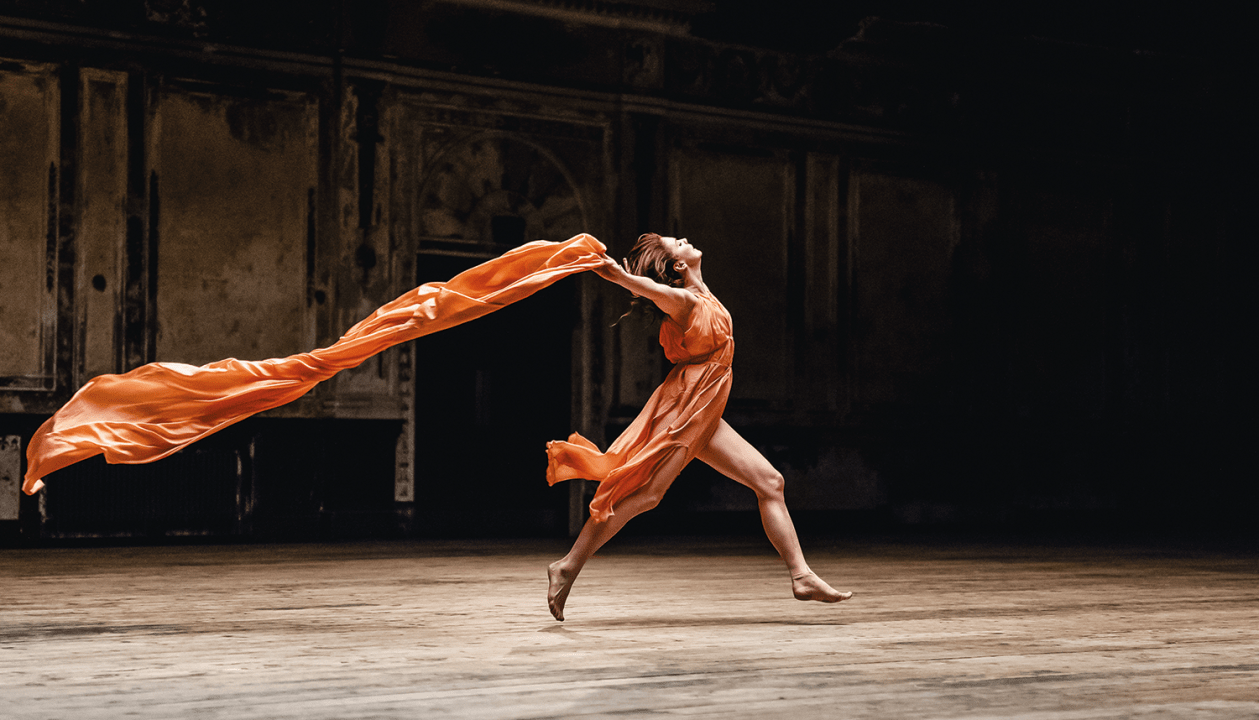
One of the few indisputably great ballerinas of her generation, Natalia Osipova is a magnificent exemplar of the Russian school, her training at the Bolshoi furnishing her with a steely security of technique, powerful stage personality, and spirit of dauntless daring. Happily based at the Royal Ballet since 2013, she’s now also one of ours. As popular inside the company as she is with audiences, and much missed while she recuperated from an ankle operation last summer, she returned as the focus of a ‘curated’ evening in the intimate environment of the Linbury Theatre.
First came a revival of a modernist classic: Martha Graham’s Errand into the Maze dates from 1947, with exiguous designs by Isamu Noguchi and an acerbic score by Gian Carlo Menotti. A reimagining of Ariadne’s encounter with the Minotaur, heavy on vaginal and phallic symbolism, it retains its austere archetypal clarity and still communicates powerfully. The economy of its means provides an object lesson to today’s youngsters reliant on catwalk costumes and digitally contrived gimmicks: everything salient is expressed through movement.
More muscular and sturdily built than most of her profession, Osipova can dig deep into Graham’s characteristic struggle against gravitational force and rejection of anything daintily or airily graceful. No tremulous ballet virgin but a determined woman with agency, resourceful and dangerous, she sculpts every gesture with expressive force. Marcelino Sambé is equally electrifying as her doomed prey, brute manhood outsmarted by female guile.
A film of Osipova dancing Frederick Ashton’s masterly Five Brahms Waltzes in the manner of Isadora Duncan in a bare chamber of Alexandra Palace came next. Magically fluent camera by Grigoriy Dobrygin and Mikhail Krichman follows her close up and distant without ever intruding or distracting. There’s no theme or plot. Barefoot in a diaphanous tunic, this Isadora simply frolics and muses, running, skipping or pausing wherever the fancy takes her, enraptured by the soul of the music, a child in all but body.
No tremulous ballet virgin, Osipova sculpts every gesture with expressive force
After the interval, a sharp shift of mood. In the past Osipova has been let down by her bad luck – or judgment – when it comes to collaborating on new work. She clearly relishes every challenge a choreographer can throw at her, but she’s been wasted in embarrassing flops by Arthur Pita, Didy Veldman, Christopher Wheeldon and others. With Jo Stromgren the curse has been lifted: The Exhibition may be little more than an amusing, slightly over-extended squib of physical theatre depicting a chance encounter between two oddballs in an art gallery, but it allows Osipova to show herself as a vivacious comedian, chattering throughout in voluble Russian and stripping to her scanties as she attempts to confuse, seduce or trick the reluctant Christopher Akrill (a splendid foil) into some sort of relationship. Their timing is impeccable, and the fun they have with this harmless lark is irresistible.
The Royal Ballet’s umpteenth revival of Kenneth MacMillan’s Romeo and Juliet since its première 60 years ago is proving a huge success, with multiple casts drawing full houses and screaming enthusiasm. I saw Francesca Hayward and Cesar Corrales in the title roles. Hayward doesn’t offer Osipova’s Bolshoi brilliance: she’s a glowingly warm and gentle dancer, all sweetness and light, and her delicately nuanced interpretation of Juliet was the epitome of girlhood and the heartbreak of its end; Corrales (her off-stage partner) seems to boil over unstoppably, a Latin hothead all too plausibly Tybalt’s furious assassin. Both were enthralling. I enjoyed Daichi Ikarashi’s nifty Mercutio and Bennet Gartside’s urbane Tybalt too, but some excessively messy crowd scenes required a ballet master to turn traffic cop and blow the whistle.








Comments